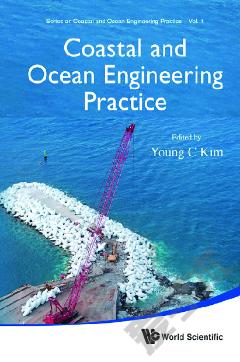Physical Models And Laboratory Techniques In Coastal Engineering
Laboratory physical models are a valuable tool for coastal engineers. Physical models help us to understand the complex hydrodynamic processes occurring in the nearshore zone and they provide reliable and economic engineering design solutions.This book is about the art and science of physical modeling as applied in coastal engineering. The aim of the book is to consolidate and synthesize into a single text much of the knowledge about physical modeling that has been developed worldwide.This book was written to serve as a graduate-level text for a course in physical modeling or as a reference text for engineers and researchers engaged in physical modeling and laboratory experimentation. The first three chapters serve as an introduction to similitude and physical models, covering topics such as advantages and disadvantages of physical models, systems of units, dimensional analysis, types of similitude and various hydraulic similitude criteria applicable to coastal engineering models.Practical application of similitude principles to coastal engineering studies is covered in Chapter 4 (Hydrodynamic Models), Chapter 5 (Coastal Structure Models) and Chapter 6 (Sediment Transport Models). These chapters develop the appropriate similitude criteria, discuss inherent laboratory and scale effects and overview the technical literature pertaining to these types of models. The final two chapters focus on the related subjects of laboratory wave generation (Chapter 7) and measurement and analysis techniques (Chapter 8).
{{comment.content}}








 京公网安备 11010802027623号
京公网安备 11010802027623号